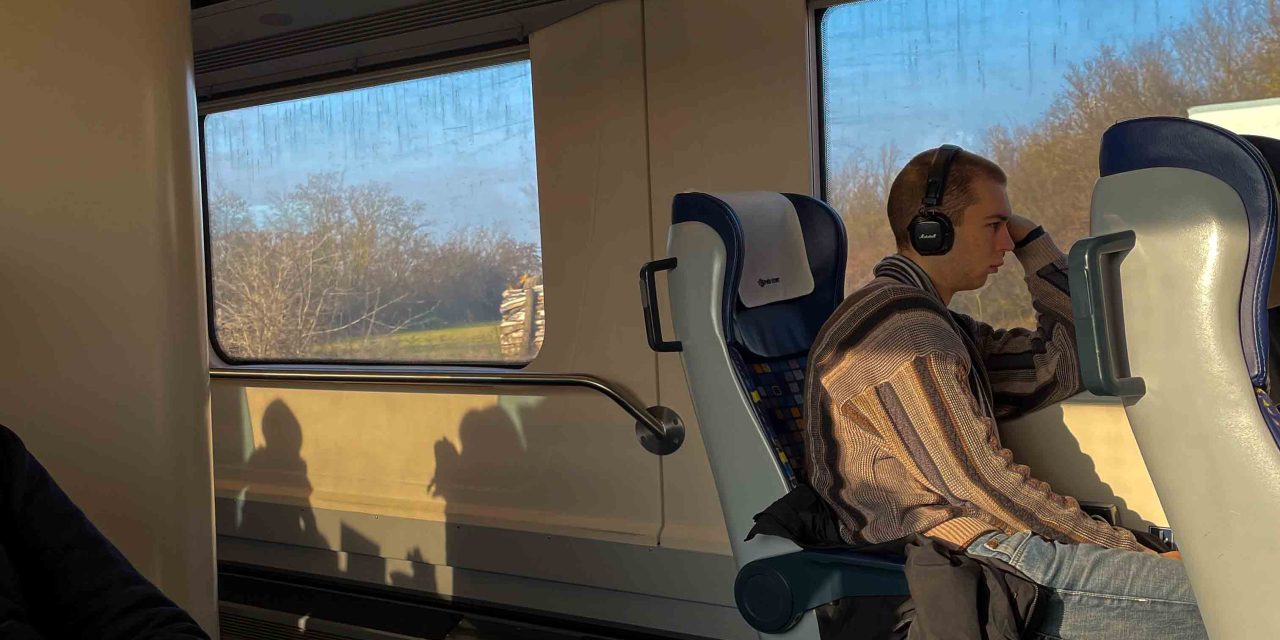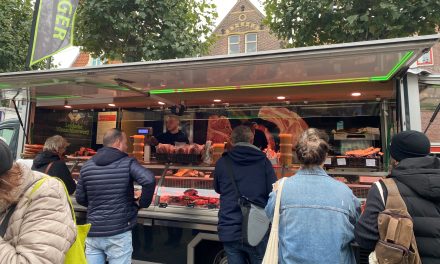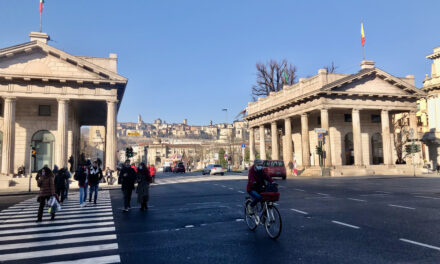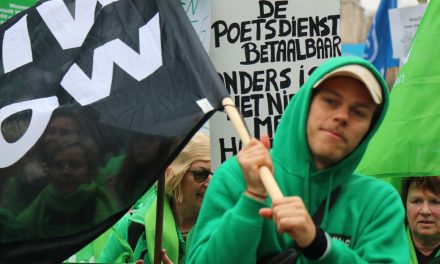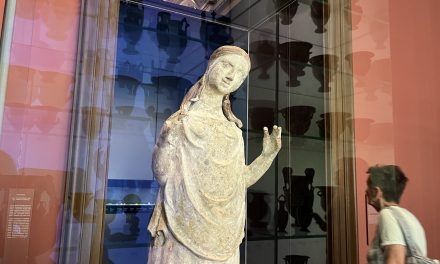In recent years, as the cost of living has steadily increased and the worries of sustainability become much more prevalent in the minds of many, travel has become less of a priority for many. Accompanied by a global pandemic, which saw the shutdown of many borders and tight travel restrictions internationally, many people are looking for convenient, cheap, and environmentally conscious travel options. Enter interrailing, a seemingly simple and cost effective way to travel through 33 European countries, 40,000 destinations, and over 250,000 km of connected railways.
A snowy December morning onboard an OBB train leaving from Salzburg, travelers sit staring out the window to see the majesty of the Austrian Alps standing proudly overhead. Not a single passenger is buried in a book or looking at their phones, everyone is seemingly taken with the sun peaking through the clouds and the gorgeous scenery that speeds by.
50 years after the initial announcement of the interrail ticket was introduced to the European public, it has remained an integral part of Europe’s tourism industry. A key point of the advertising from Eurail in recent years has been the push that train travel is the most sustainable way to see Europe.
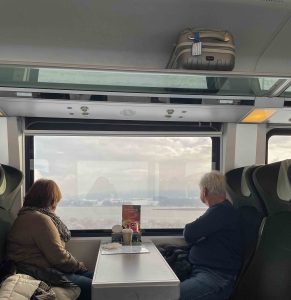
Train through the Austrian alps, Salzburg to Prague. December 2022
Dr. Rachel Dodds is a Professor at the Ted Rogers School of Hospitality and Tourism Management as well as past Director of the Hospitality and Tourism Research Institute. Dr. Dodds has over 25 years of experience in the field and believes you can’t measure sustainable tourism merely by carbon dioxide output.
“Sustainability is not just about the carbon emissions, it’s about putting money into the local economies, ensuring that the residents get some benefit from tourism,” she said. “Yes, the carbon rates are hanging over our heads, but it’s also about making it more equitable for people and those are the kinds of things that aren’t often talked about in tourism,” she continued.
Though interrailing is a significantly more sustainable alternative to flying or driving, it can also be less convenient or less comfortable to those taking part. In order to understand all aspects of the
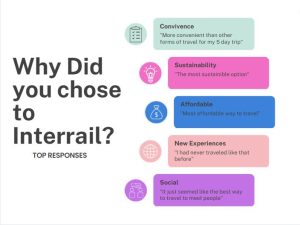
interrailing process, the key demographic of people who participate in Eurail train travel were surveyed to understand the importance of sustainable tourism to them.
People aged 18-30 from North America and Europe who had previously taken part in European interrailing excursions were surveyed to find out their motives for train travel. This survey inquired to discover their thoughts on the sustainability, comfort, convenience, and cost, side of the Eurail experience. They also provided insight into the issues they confronted the most frequently.
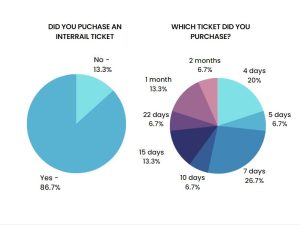
First, almost all those surveyed purchased an Eurail/Interrail pass. It is possible to travel only by purchasing regional tickets, though this option is vastly less convenient, and can occasionally be more expensive. The survey then inquired as to the ticket selection, which is divided by the length of time a passenger wishes to travel for, not the number of places they wish to visit.

Following that, those surveyed were asked to rank the comfort, cost, sustainability, affordability, and convenience of interrailing on a 1-5 scale. These findings confirm that most people agree that train travel is more sustainable, further 66.7% of those surveyed said sustainability factors into their transit decisions when traveling.

Dr. Dodds explains that sustainable tourism is not as simple as choice of transit. “The true definition is balancing the social, the environmental and the economic elements, you basically have to preserve what you want to promote and protect,” she said. “There’s always a political element as well within sustainability that’s often overlooked.”
In recent years terms of regenerative tourism and ecotourism have been discussed in the sustainable hospitality industry. Regenerative tourism’s main goal is for the travelers to have a positive impact on the land where they visited, it can be understood as leaving destinations in a better condition than how they had found it. Ecotourism is defined as an all-nature form of tourism, meaning the motivation of the traveler is the observation of nature.
“2020 was the international year of ecotourism, and certain governments decided that all tourism should be ecotourism. No, all tourism should not be ecotourism. We don’t want 50,000 people going to a natural site every single day, that’s why we have over tourism,” Dodds explains.
Dodds believes that people paying more attention to their carbon footprint is a step in the right direction, but she cautions travelers to consider the other side of sustainability.
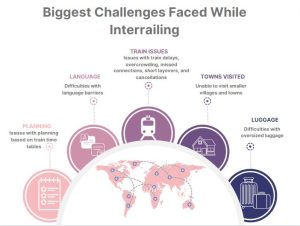
“If you’re trying to go off-season, you’re having a better impact, because you’re not contributing to over tourism and general crowding and high season. But if you’re just going from Barcelona to Paris to London, on your Interrail pass, then you’re not really putting money anywhere outside of the main tourist economies, and you’re probably contributing to the over tourism problem,” Dodds explains. “So it’s a tough thing to say, is it more sustainable? It depends on how people travel.”
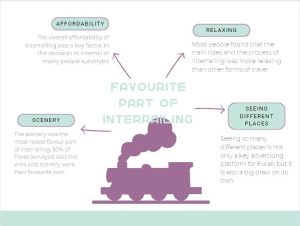
In order to travel with the environment in mind, Dr. Dodds recommends researching areas outside the big cities to stay. “Go to places that are not just the hotspots and try to get off the beaten track. The town that is 20 minutes away from the major city is a lovely place to stay,” she explained. “That way you’re putting money into the local economy by eating and sleeping locally.”
Overall train travel in Europe is a far more sustainable alternative to flying or driving, as the rails are laid and the infrastructure is already in place. Based on the results from those surveyed, most people agreed that interrailing is the most sustainable and affordable way to travel in Europe, and it allows you to see more of the continent’s rich landscapes and cities.
